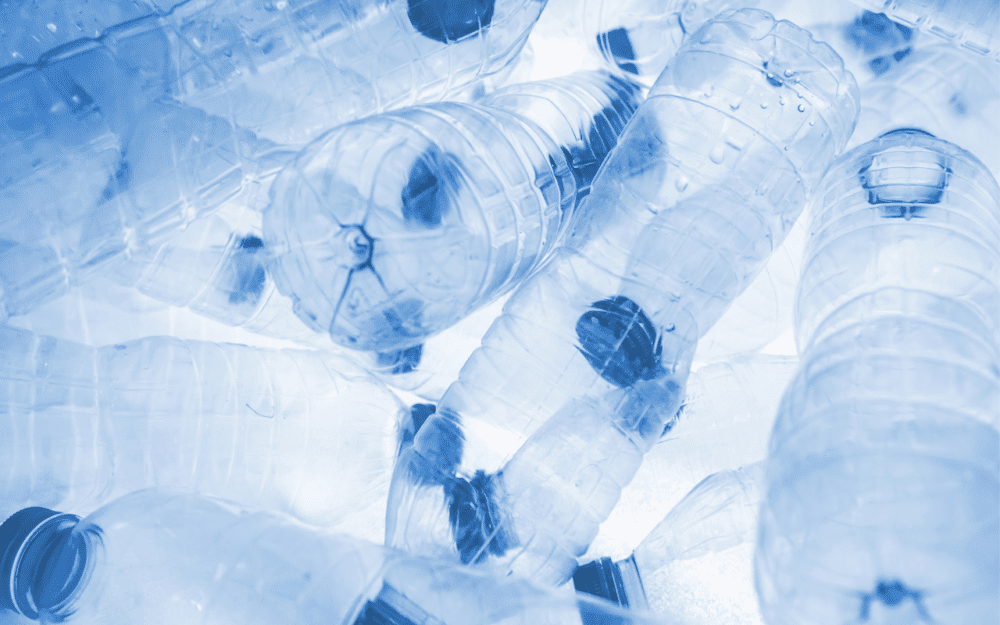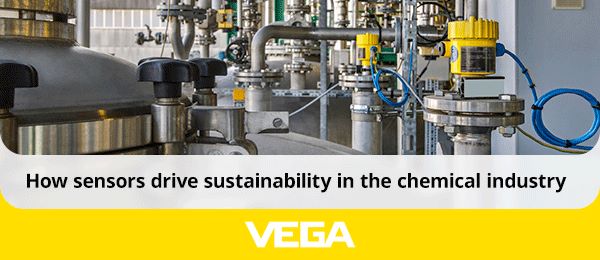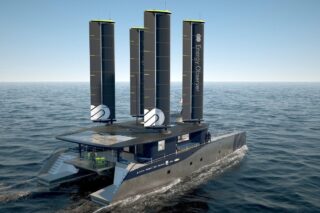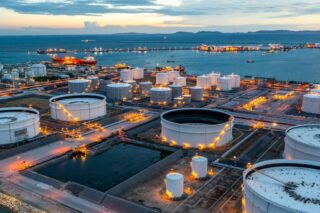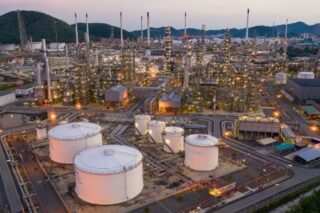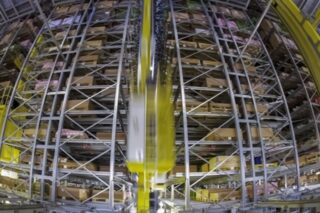How to recycle plastic indefinitely? This is what the IFP Energies Nouvelles (IFPEN) also known as the French Institute of Petroleum asked themselves. IFPEN has developed a process that will allow PET to be recycled indefinitely. The first production plant equipped with this new process will open in 2027 in France (Lyon). It aims to recycle around 30,000 tonnes of PET annually. We met with Thierry Gauthier, Circular Industry Advisor at IFPEN’s Chemistry for Industry Results Center. He was responsible for developing this process.
Plastic is clearly the flagship material of the modern world. Developed in the 20th century from petroleum derivatives, plastic has permeated our lives. It’s practical for packaging, automotive components, medical supplies, and construction materials, and it’s inexpensive, making it a part of our everyday existence. However, it pollutes. Plastic pollution is indeed one of the serious crises of our time, with a new seventh continent entirely composed of plastic now present in the North Pacific—the Great Pacific Garbage Patch.
However, plastic can be recycled to create other packaging or objects. For instance, we visited a factory that produces plastic panels intended to be shaped and transformed into furniture.
But plastic is multifaceted and, therefore, is not recycled the same way across different types. Each type of plastic, whether polypropylene, PVC, polyethylene, or PET from our plastic bottles, has its own recycling process.
READ ALSO
While mechanical recycling is the most widespread method, IFPEN has developed a new chemical recycling process that would allow PET to be recycled indefinitely. Their subsidiary, Axens, will be responsible for commercializing this process to industry stakeholders, such as polymer manufacturers. The first plant using this technology is already planned for 2027.
We spoke with Thierry Gauthier, Circular Industry Advisor at IFPEN to learn more about this new game-changing process.
PET is widely used today and is mechanically recycled. You propose a chemical process for recycling PET. What are its advantages over mechanical recycling?
Thierry Gauthier: “PET is a plastic widely used today for packaging and textiles. Five million tons of plastic are used in packaging, with approximately three million tons used in bottles. Bottles are relatively easy to collect and separate in waste streams. PET is the most recycled plastic today, thanks to 30 years of efforts primarily focused on mechanical recycling. Many mechanical recycling facilities are operational in Europe, successfully washing, grinding, and purifying PET to produce granules that can be reused to make new bottles or other products like fibers and trays.
However, mechanical recycling has limitations due to the presence of additives in the plastic, such as colorants, stabilizers, and pigments. These additives, while enhancing the plastic’s properties, complicate its recycling. For example, it’s impossible to create a clear bottle from colored bottles. Consequently, most colored PET is downcycled into fibers or straps for packaging.
Besides, with mechanical recycling, repeated recycling degrades the plastic over time. After 5 to 10 cycles, the material deteriorates, becomes more fragile, and develops black spots. This fragility causes issues during extrusion and blowing, making bottles more prone to breaking. With our new process, we are addressing these limitations. Chemical recycling complements mechanical recycling. We don’t intend to replace it. Also, chemical recycling ensures that recycled materials have properties identical to virgin materials.”
Can you detail this new process?
Thierry Gauthier: “We started in 2013, parallel to Carbios, which focused on enzymatic pathways. Our expertise lies in chemistry, petrochemistry, and refining, leading us to explore chemical recycling. We chose glycolysis to depolymerize PET back into monomers. Chemical recycling isn’t new; efforts were made in the 1990s, but the market and demand for recycled materials were not as strong, and environmental pressures were minimal. Today, there’s a significant need for recycled materials and waste management solutions.
In 2013, we proved the concept using opaque PET bottles, like milk bottles, which were not recyclable by mechanical means at that time. We developed chemical solutions to remove pigments and colorants, recovering high-quality monomers for repolymerization. The concept was tested in Japan. By 2017-2018, we were ready to develop the Rewind™ PET process further.
READ ALSO
How does the chemical recycling process work concretely?
Thierry Gauthier: “The industrial process we implement begins with depolymerization. We melt the polymer in agitated reactors operating continuously. This is crucial for the process’s profitability. Once the PET is depolymerized, it undergoes several purification and separation stages, involving physical operations in a furnace.”
For an industrial operator, how many machines does the entire process involve?
Thierry Gauthier: “It’s better to talk about stages. There is one polymerization stage and three purification stages to obtain a new monomer that can be repolymerized. This results in a white powder. This powder is then repolymerized into granules, which can be sent to the plastics industry to make new PET bottles. The process is very rapid. From the moment a bottle enters to when a material that can be repolymerized exits, only a few hours pass.”
So, this process is intended for polymer manufacturers?
Thierry Gauthier: “Our technology is designed to integrate into existing installations, offering real interest for industries to transition to recycling using their current industrial tools. Currently, there are four chemical recycling depolymerization projects for PET in France, each with different technologies. These include the Eastman project in the Seine Valley, the Loop project in eastern France, the Carbios project, and our project with our Japanese partner Toray. Toray already has a polymerization unit. Our project aims to add a simple depolymerization module with three purification stages to their existing polymerization unit. This approach requires reasonable investments since there’s no need to rebuild polymerization. The other projects include both depolymerization and rebuilding polymerization units.”
A new plant using your process will open in 2027 near Lyon. Can you tell us more about it?
Thierry Gauthier: “This will be the first plant of its kind in France and it will be operated by Toray. Currently, Toray has a polymerization capacity of 60,000 metric tons. As mentioned, we handle the depolymerization while they handle the polymerization. The depolymerization process must align with their polymerization capacity. We are starting with a capacity of 30,000 metric tons, with potential future capacity increases, but it will never exceed their polymerization capabilities. They will have the option to either produce PET with 50% recycled content or operate with 100% recycled PET for half of the year.”
WATCH ALSO OUR VIDEO REPORT – Inside a Plastic Recycling Factory
How much additional material could be recycled with chemical recycling?
Thierry Gauthier: “Currently, around one million tons of PET are recycled annually in Europe. With the ongoing projects, we will add several hundred thousand tons of additional recycling capacity, which will continue to grow.”
What is the environmental impact of this recycling method?
Thierry Gauthier: “We chose glycolysis because, among the different chemical recycling methods, it has the lowest environmental impact. Typically, the current benchmarks show that mechanically recycled PET has about 20% of the CO2 impact compared to virgin PET. Chemical recycling can have a higher impact, but glycolysis is the most favorable, allowing us to achieve around 50% of the climate impact compared to virgin PET. While chemical recycling does have a higher environmental impact than mechanical recycling, it’s still significantly better than using virgin plastics. In terms of resource impact, chemical recycling reduces material consumption by approximately 70% compared to virgin PET.”
What is the cost of this new recycled PET?
Thierry Gauthier: “Determining the cost of new recycled PET is complex due to competition among different technologies and market fluctuations in the price of plastic waste used as input. The price of plastic flakes can vary significantly. Generally, if virgin PET is priced at 100, the new recycled PET will cost between 100 and 150%. Therefore, it will be more expensive, primarily because the process does not rely on hydrocarbons in the same way. To support the recycled materials market, regulations are needed to encourage the use of recycled materials, fostering the development of the recycling industry. These regulations are crucial because substantial investments—often in the tens or even hundreds of millions—are required for these projects.”
Your process promises to infinitely recycle PET. But what about traceability?
Thierry Gauthier: “What’s important is knowing the recycled content. In terms of properties, there’s no issue since depolymerization and repolymerization yield the same material. It’s necessary only to verify the amount recycled to authenticate the material’s recycled nature. Currently, no one can determine the exact percentage of plastic that has been recycled multiple times in a bottle. We can only confirm that it’s recycled material. For our chemical recycling process, this is not a problem because purification returns the plastic to a quality equivalent to virgin material. The key is to ensure the recycled composition is accurate.”
What are the prerequisites for industrial use of your process? For example, does it work with plastic bottles that contained specific or hazardous chemicals?
Thierry Gauthier: “Currently, packaging is categorized as either food-grade or non-food-grade. Any polymer manufacturer in Europe producing food-grade packaging must ensure that the recycling stream comprises more than 95% food-grade containers. Bottles used for hazardous chemicals are excluded from these streams and are subject to strict controls. Furthermore, there are regulations regarding contaminants, and it’s the polymer manufacturer’s responsibility to verify and analyze these contaminants to ensure compliance.”
Does your recycling process work for all types of plastics, for example, PVC?
Thierry Gauthier: “No, clearly not. Each type of plastic requires specific technologies. Currently, we are working on PVC using a process involving shorter loops, focusing primarily on decontaminating older stocks and removing phthalates. Unlike PET, which has a relatively short lifecycle of a few weeks to months for bottles, PVC products like flooring and windows can last several decades. Therefore, the PVC market involves products that were introduced to the market 20 to 30 years ago under different standards. This necessitates decontamination to address more precise and complex environmental issues compared to PET.”
Is IFPEN, being a specialist in petroleum, not incentivized to continue producing plastic from oil rather than recycling?
Thierry Gauthier: “Managing waste remains essential. Would we prefer to incinerate plastic or dump it in landfills? For me, the answer is clear: recycling is preferable to landfilling or incineration. We are acutely aware of the need to focus on reduction and reuse strategies, but these alone will never suffice. We must develop solutions to prevent plastics from being incinerated or sent to landfills.”
